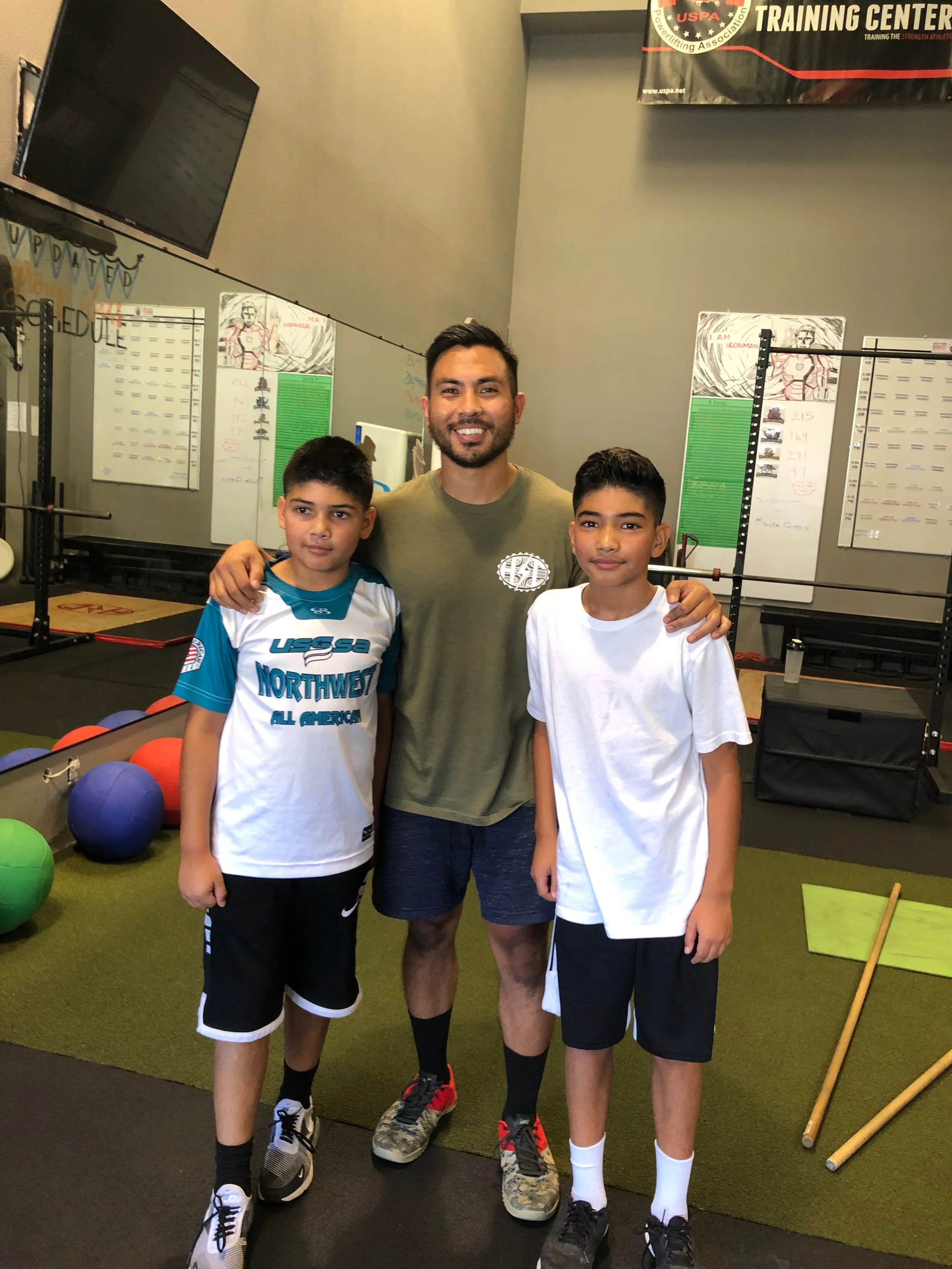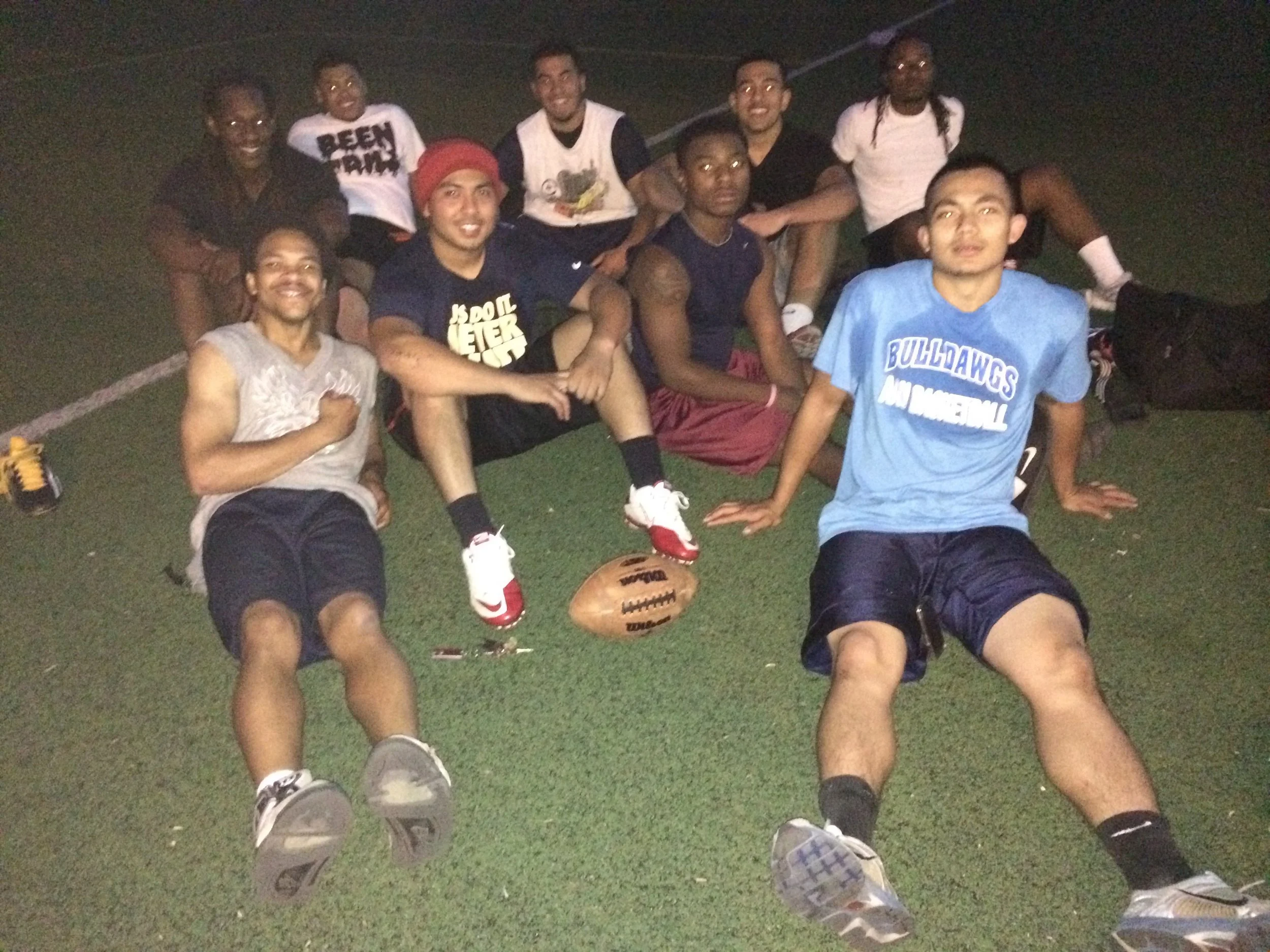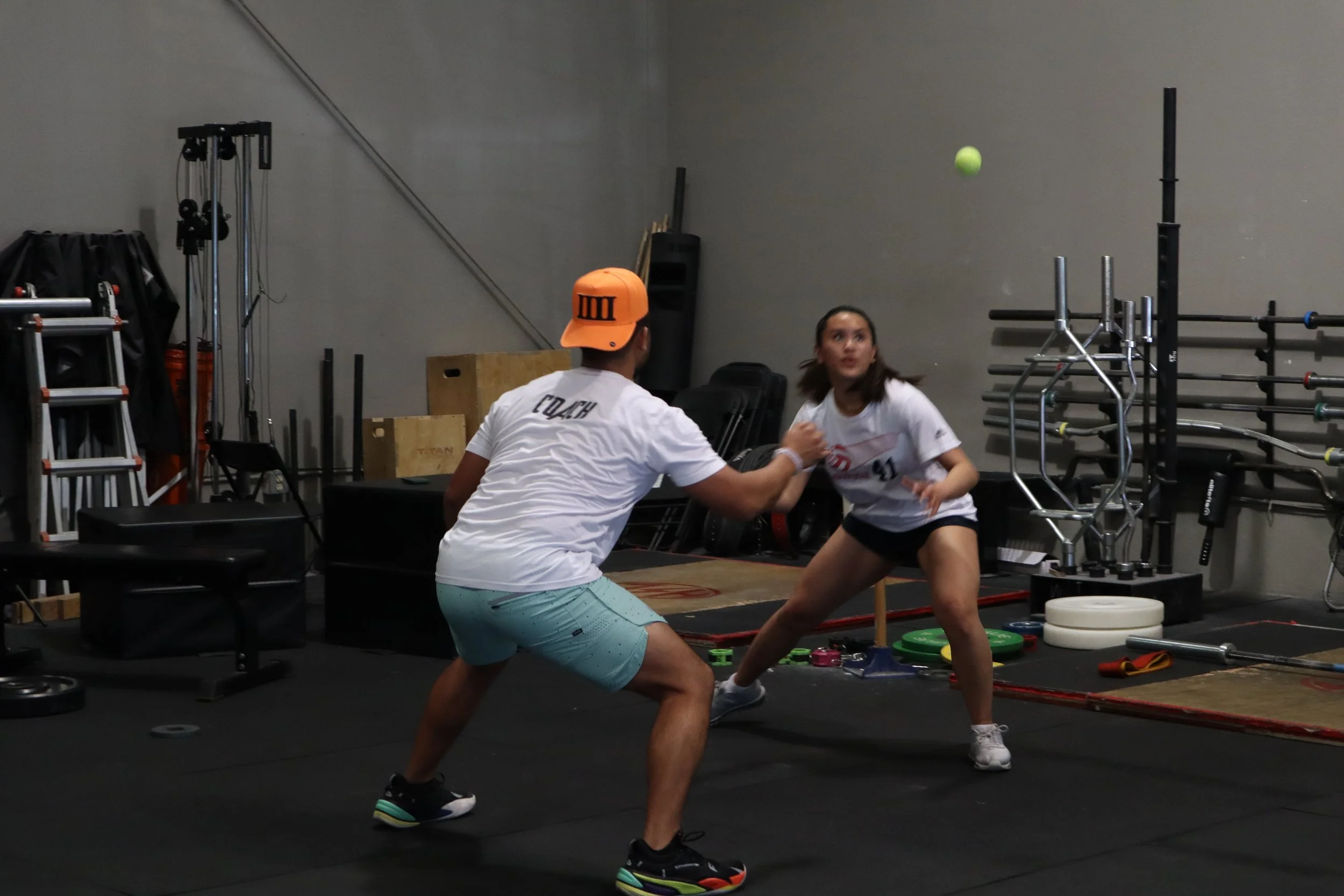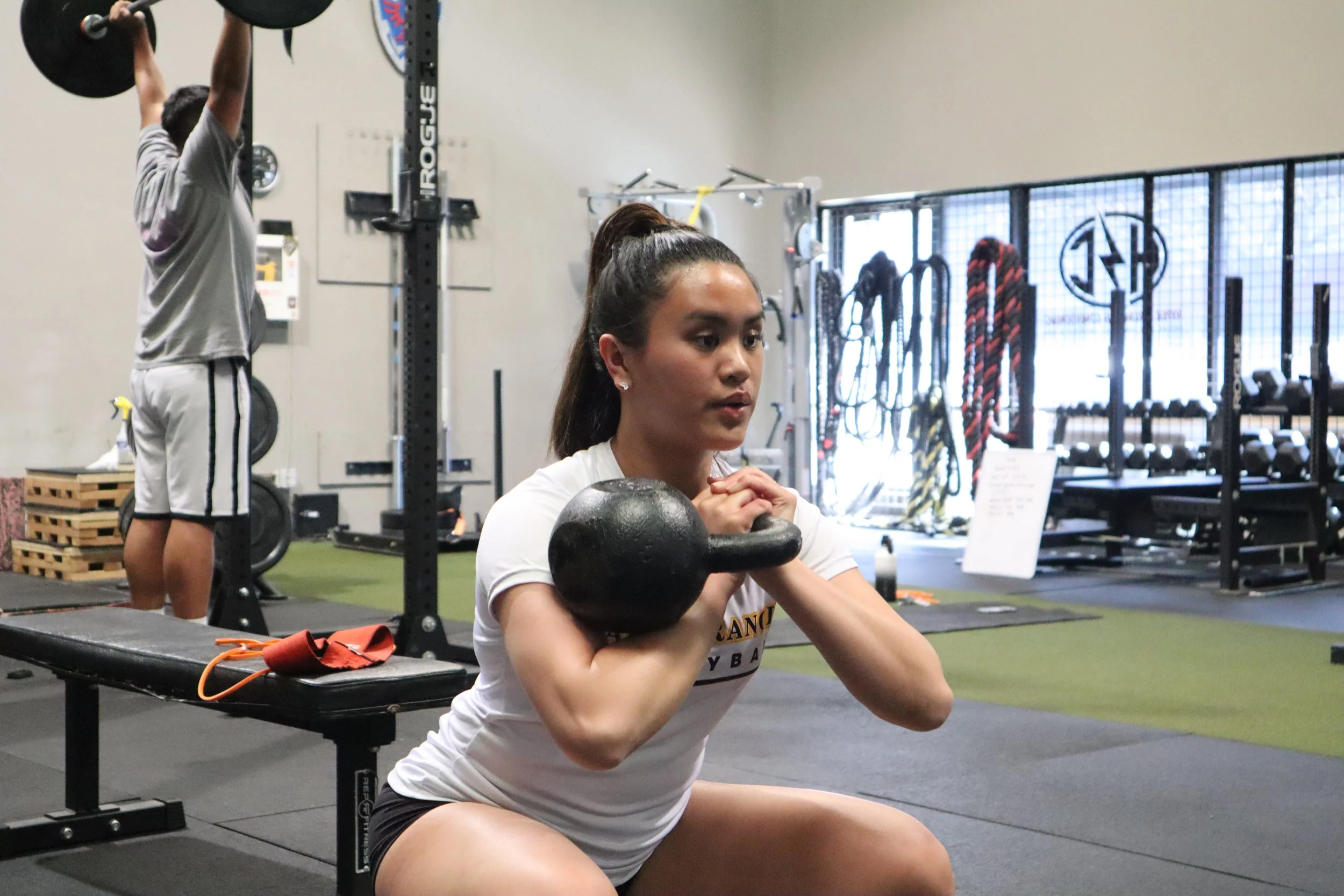Youth Training
“Does my child really need a trainer?”
The answer to that depends on the commitment level. Is your child playing for recreational purposes? Then the answer is definitely not. If your child is playing to compete at the highest level their sport has, then yes.
LET”S BE CLEAR!
Squatting, pulling, and other basic movements along with their appropriate progressions are essential to enhance your child’s overall strength, endurance, and performance.
That said, running, jumping, and all position specific demands (shooting a basketball, kicking a soccer ball, hitting a tennis ball with a racket, etc.) are all skills. If pure speed and overall strength potential were the root of an athlete’s success, then there would be an endless number of scouts from different sports recruiting people from powerlifting competitions and track meets, but that isn’t the case.
“How do I know what’s best: A trainer or a skills coach specific to my child’s sport?”
The answer is really dependent on your child’s skill level relative to their age. Generally speaking, the older your child is, the better their movement quality. Whether that is accurate or not as it relates to your child should serve as a guide to what kind of trainer you need.
Being transparent, the athlete who is lesser skilled or highly advanced is who should have a trainer. Simply put, if you find your child in the middle range of skill/abilities, what will lead them to more success is being better at their sport. Hence, hiring a sport (position specific) trainer would be best.
Again, at the end of the day, skills are key above all. The body composition and frame on a quarterback or pitcher isn’t going to matter as long as their throwing touchdowns or striking everyone out.
As a trainer, for those less skilled, it is a point of emphasis to enhance their basic movements, develop their proprioception (understanding where your body is in space) and supplementing plyometrics and speed training. For those advanced, it is a priority to make them better at what they do great already, while supplementing heavier lifts to decrease injury and natural muscle imbalances.
When in the year should I plan to have my child working with a trainer ?
Any time of the year is appropriate to work with a trainer. Where your initial thought(s) might be strictly to train during the offseason, in-season training is equally as important.
In-season Training
Our bodies are a constant result of how we use/neglect our bodies the day before. This truth is multiplied for athletes. The reps, intensities, and movements for sport are significantly one-sided when we compare the left and right side of the body. For example, rotational athletes (throwers, volleyball players, soccer players, baseball players, etc.) out perform their non-dominant side in the hundreds, if not thousands, as they naturally do not need to kick, pitch, swing effectively on both their dominant and non-dominant sides of their bodies.
One, it is perfectly fine to have such imbalances. We don’t need equal repetitions on both sides because success in sport doesn’t require an equal skill on both sides of the body. Secondly, such imbalance can have a negative impact on the body (Ex: The lower body can become quad dominant vs appropriately using a chain of glutes, hamstrings, and quads to perform the same movements), increasing risk for injury and/or hindering performance.
In-season training is designed to maintain movement quality, mind-muscle connection, and help lower the risk of injury through physical stress management, eccentric loading, and moderate-heavy intensity lifts.
Offseason training
In difference, the offseason is a great time to focus on the things the stress of being in-season doesn’t allow (speed training, following heavy lifts with strength endurance accessories, and building muscle).
Without the intensities of game reps, the offseason is also a time where an athlete could be training with both a skills position coach and a performance trainer.
















































